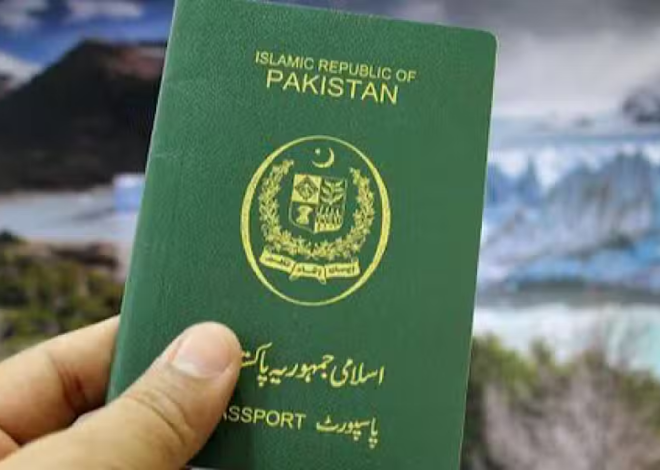
India, China, and Pakistan in the 5th Generation Aircraft Race
The global aerospace landscape is witnessing a paradigm shift with the emergence of fifth-generation (5th Gen) stealth fighters, characterized by advanced stealth technology, enhanced situational awareness, and superior combat capabilities. As China and Pakistan announce significant strides in the development and acquisition of 5th Gen aircraft, questions arise about India’s position in this competitive race. In this article, we’ll delve into India’s current status in the 5th Gen aircraft race and the strategic implications of China and Pakistan’s advancements.
China’s Growing Arsenal: China’s rapid military modernization efforts include the development and deployment of advanced 5th Gen stealth fighters, notably the Chengdu J-20. With reports indicating that China plans to field over 500 J-20 fighters, the People’s Liberation Army Air Force (PLAAF) aims to bolster its aerial superiority and project power across the Indo-Pacific region. The J-20’s stealth capabilities, advanced avionics, and long-range strike capabilities pose a significant challenge to regional security dynamics.
Pakistan’s Ascent in Stealth Technology: Pakistan’s collaboration with China has facilitated access to advanced military technologies, including stealth aircraft development. With plans to acquire up to 100 JF-17 Block III fighters, featuring enhanced stealth characteristics and avionics upgrades, Pakistan aims to bolster its air defense capabilities and maintain strategic parity with India. The JF-17 Block III’s incorporation of advanced radar-absorbent materials and electronic warfare systems underscores Pakistan’s commitment to modernizing its air force.
India’s Strategic Imperatives: India’s indigenous 5th Gen fighter program, the HAL AMCA (Advanced Medium Combat Aircraft), seeks to address the country’s future air combat requirements. However, delays in development, technological challenges, and budgetary constraints have raised concerns about India’s ability to maintain pace with regional adversaries in the 5th Gen aircraft race. While India possesses considerable aerospace expertise and a robust defense industrial base, concerted efforts are needed to expedite AMCA’s development and operationalization.
Strategic Implications: The emergence of 5th Gen aircraft in China and Pakistan’s arsenals underscores the evolving security dynamics in the Indo-Pacific region. As China seeks to assert its influence and Pakistan aims to strengthen its defense capabilities, India faces mounting strategic challenges that necessitate a comprehensive response. India’s defense planners must prioritize the development and acquisition of advanced combat aircraft, leveraging indigenous capabilities and strategic partnerships to maintain credible deterrence and safeguard national interests.
India stands at a critical juncture in the 5th Gen aircraft race, with China and Pakistan making significant strides in stealth fighter development. As regional security dynamics evolve, India must adopt a proactive approach to enhance its aerial combat capabilities, ensure technological superiority, and safeguard its territorial integrity. By accelerating the development of indigenous 5th Gen fighters such as the HAL AMCA and fostering strategic collaborations with global partners, India can effectively counter emerging threats and maintain its position as a dominant force in the Indo-Pacific theater.








